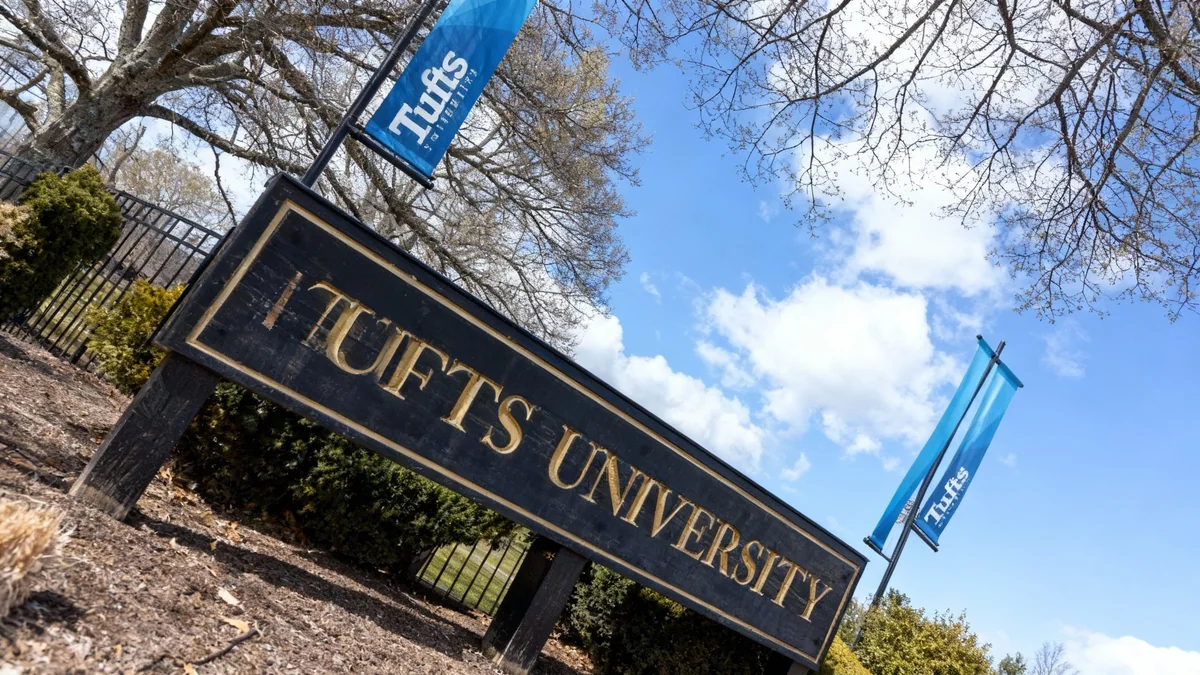South Korea has successfully surpassed its ambitious goal of hosting 300,000 international students, reaching the target nearly two years ahead of its 2027 deadline. According to new data from the Korea Immigration Service, the country's foreign student population reached 305,329 as of August 2025.
This achievement represents a significant milestone in the government's plan to establish South Korea as a leading global education hub. The rapid growth, fueled by strategic policy changes and strong interest from Asian countries, positions the nation as a major competitor in the international education market.
Key Takeaways
- South Korea's international student enrollment hit 305,329 in August 2025, exceeding the 2027 target of 300,000.
- The growth marks a 47% increase from the country's mid-2023 enrollment figures.
- Students from Vietnam and China make up nearly two-thirds (64%) of the total international student body.
- Key policy changes, including relaxed work rules and visa requirements, have been central to this rapid growth.
A Goal Achieved Ahead of Schedule
In 2023, the South Korean government announced a strategic plan to nearly double its international student population, aiming to attract 300,000 students by the year 2027. At the time, the country hosted just over 207,000 foreign students, making the goal seem ambitious.
However, recent figures confirm the plan's success far sooner than anticipated. The August 2025 data shows a total of 305,329 foreign students, a figure that not only meets but slightly exceeds the 2027 target.
This total represents a 16% year-over-year increase and a remarkable 47% surge from the baseline number recorded in mid-2023.
Breakdown of Student Enrollment
The majority of international students are enrolled in higher education degree programs. The data provides a clear picture of their academic pursuits:
- Degree Programs (D-2 visa): 225,769 students
- Korean Language Training (D-4-1 visa): 79,500 students
- Foreign Language Training (D-4-7 visa): 60 students
These numbers align almost perfectly with the government's original breakdown for its 2027 goal, which targeted 220,000 students in degree programs and 80,000 in non-degree studies. The country has effectively met these specific targets as well.
Rapid Expansion
The 47% growth in just over two years demonstrates the high demand for education in South Korea and the effectiveness of its recruitment strategies.
Who is Studying in South Korea?
The international student population in South Korea is largely composed of students from other Asian nations. Two countries in particular dominate the enrollment landscape.
Students from Vietnam and China collectively account for 193,986 individuals, or 64% of the entire foreign student body. This highlights the deep educational ties and geographic proximity that make South Korea an attractive option for students from these nations.
Top Five Sending Countries
While Vietnam and China are the clear leaders, several other countries also contribute significantly to the student population. The top five countries of origin as of August 2025 are:
- Vietnam: 107,807 students
- China: 86,179 students
- Uzbekistan: 18,155 students
- Mongolia: 17,870 students
- Nepal: 15,515 students
The strong representation from Central and Southeast Asia points to a targeted and successful recruitment effort in these regions.
Policy Changes Fueling the Growth
South Korea's rapid success was not accidental. It is the direct result of a series of calculated policy changes and initiatives designed to make the country a more appealing and accessible destination for international students.
These measures address financial concerns, post-graduation employment opportunities, and the overall student experience.
Strategic Government Initiatives
The government's plan focused on reducing barriers for international students. By easing financial and employment regulations, South Korea made itself more competitive with traditional study destinations in North America and Europe.
Key Measures Implemented
Several specific policies have been instrumental in attracting and retaining foreign students:
- Expanded Work Opportunities: The government increased the maximum number of hours that international students are permitted to work part-time during their studies.
- Eased Visa Requirements: Financial requirements for obtaining a D-2 student visa were relaxed, making it easier for applicants to prove their ability to fund their education.
- Improved Post-Study Work Rights: Graduates now have a longer window to find employment in South Korea after completing their studies, with further plans to ease post-study work policies.
- Enhanced Recruitment Efforts: The government ramped up recruitment through its Korean Education Centers located in 22 countries, with a special focus on nine key markets, including Vietnam and Uzbekistan.
- Language Program Expansion: The availability and promotion of Korean language training programs were significantly expanded to serve as a pathway to degree studies.
- Localized Support: New localized recruitment programs were mandated nationwide, requiring collaboration between businesses, local governments, and universities to offer support and new scholarship opportunities.
South Korea's Rising Profile in Asia
This achievement solidifies South Korea's status as a premier destination for international education in Asia. The country is part of a growing trend of non-Western nations attracting a larger share of the global student population.
Along with other regional hubs like China, Japan, Taiwan, and Malaysia, South Korea is providing a high-quality and culturally rich alternative for students who might have previously only considered Western countries.
As South Korea has now met its 2027 goal, education officials may set new, even more ambitious targets for the end of the decade, further cementing the country's role on the global education stage.





